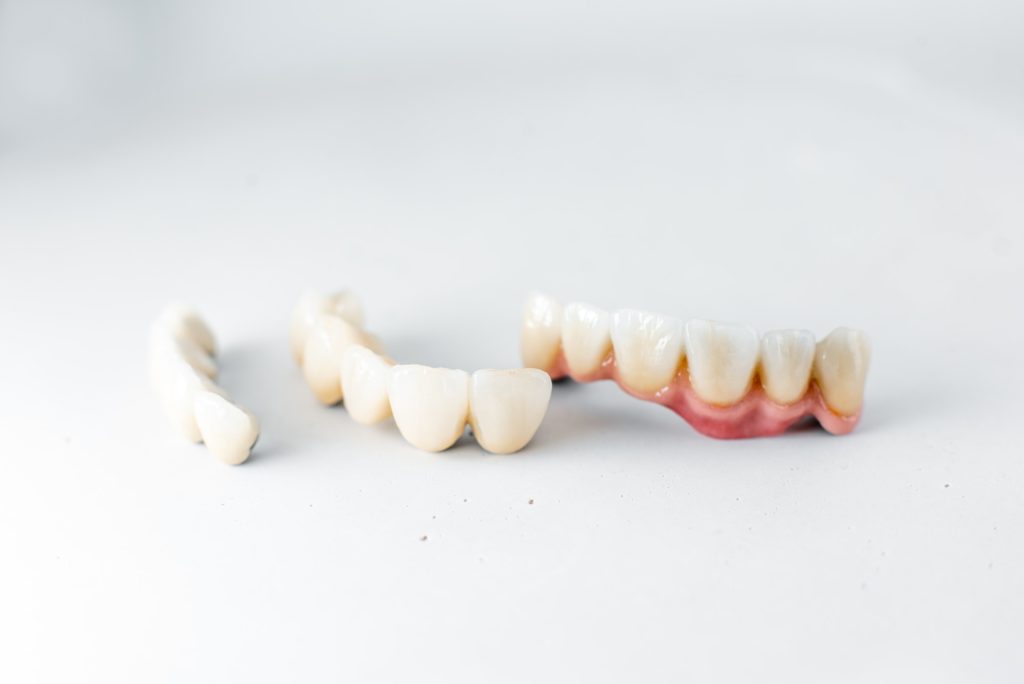Crowns
Sometimes there’s just too much tooth structure missing whether from a cavity, fracture, or a large old filling. In these cases, our doctors will recommend that the tooth have a crown.

Dental crowns are often necessary to save a damaged tooth from extraction and renew its form and function. Many types of dental crowns are available, including ones made out of metal, porcelain-fused-to-metal, and ceramic. Ceramic dental crowns provide remarkable function, durability, and aesthetics.
What are ceramic dental crowns?
Ceramic dental crowns are constructed out of dental ceramic (which is sometimes called dental porcelain). Ceramic is a special type of refined clay. Crowns made out of it are considered metal-free because although they may contain traces of some metals, the amount of metal in them is so minimal that it is not worth considering.
Ceramic crowns can be used for almost all the same purposes as metal crowns. That is to say; they can protect damaged teeth, serve as part of a bridge to replace missing teeth, and more.
What’s the procedure for ceramic crowns?
The procedure for ceramic dental crowns is similar to the traditional crown procedure. The process begins when we prepare the tooth, which usually involves filing away some enamel, so the tooth fits well beneath its restoration. After the tooth is ready, we take impressions and images of it. Then, the patient wears a temporary crown while the permanent one is designed and fabricated.
After a laboratory creates the permanent crown, the patient comes to our office for a second appointment, and we’ll verify the crown’s fit before we attach it to its designated tooth.
